BY WAYNE ELDERTON
PLAYER MOTIVATION:
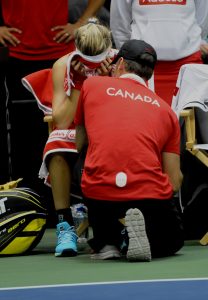
NEW ‘TWO-PRONGED’ SERIES
We are currently running two series at the same time.
- The first is through this eNewsletter and will be exploring the role of player motivation in coaching.
- The second series we will be doing at the same time is going to be pointing to articles and posts on the new upgraded acecoach.com website. We will feature a link each month to an article from the series called: ‘Coaching Feedback’. What, when, and how a coach delivers feedback can make or break the effectiveness of players learning.
LEARNER-CENTRED SERIES:
In this series, we explore the concept that the motivation level of your players is actually the most important foundation for their development. The majority of coaches are all about delivering skills often to the exclusion of dealing with the critical motivation issues.
Integrated Approach
In an ‘Integrated Approach’ all the 4 Performance Factors (Psychological, Physical, Tactical, Technical) are woven together. However, the priority is to develop the ‘person’. The goal being to coach who they are while coaching what they do. This is relevant to the Learner-centred Approach discussion as it includes the motivational levels of the player.
One of the big challenges coaches have and, that leads to players dropping out of the sport, is the mismatch of the program skill levels and the motivation level of the player. The false expectation from coaches and parents is that, if the player is skilled, they have the appropriate motivation. This is just not true.
The scenario plays out like this. The player, due to practicing gets better, the majority of coaches/programs will then advance the players to higher level training. As the levels get higher, the training requires more practice time, higher quality practice (sometimes involving training that makes one do what they may not like to do) and more commitment.
The player, who may have liked tennis, doesn’t have the motivation to take on the higher quality & commitment required. This makes the training less desirable for the player so, although they have higher skills, the quality of the training drops (due to their level of engagement). Both coaches and parent then start to see the player not meeting ‘expectations’. This leads to a downward spiral with added pressure on the player to perform. The coach starts to project a ‘What is your problem, try harder’ vibe, the parents start to blame the coach, and it results in the player dropping out.
The big question any program leader/coach needs to ask is, what is your retention rate for your programs? If the answer is, ‘we don’t look at that but only track their ranking, if they achieve scholarships, went pro, etc.’ maybe it is time to look.
The solution, is to start to profile your players as to where they are on what is called the ‘Passion Continuum’. For our program, we have tweaked it a bit to have the following levels:
- Interested in tennis (they are fine to try it)
- Likes tennis
- Committed to tennis
- Passionate about tennis
COACHING FEEDBACK SERIES: PART 2: COMMUNICATION STYLES
Coaching feedback is a ‘power tool’ required by coaches. Therefore, coaches need to be masters at the art and science of feedback.
This article looks at the continuum of ‘Directive’ versus ’Cooperative’ styles and the advantages and disadvantages of both.
Next issue: More Passion Continuum discussion and article #3 in the new Coaching Feedback series. Stay tuned!
Try this while you coach tennis this week and keep moving along in the journey to 21st Century coaching.
Read Part 1 Helping You Coach – New ‘Two Pronged’ Series
By Wayne Elderton, visit ACE COACH


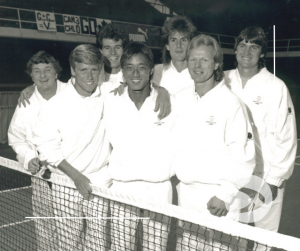
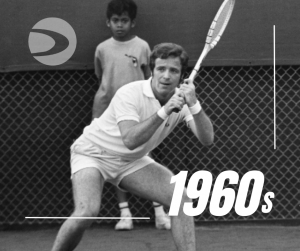
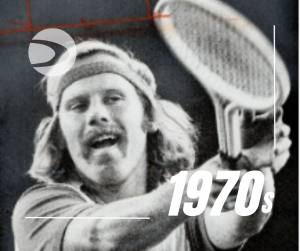
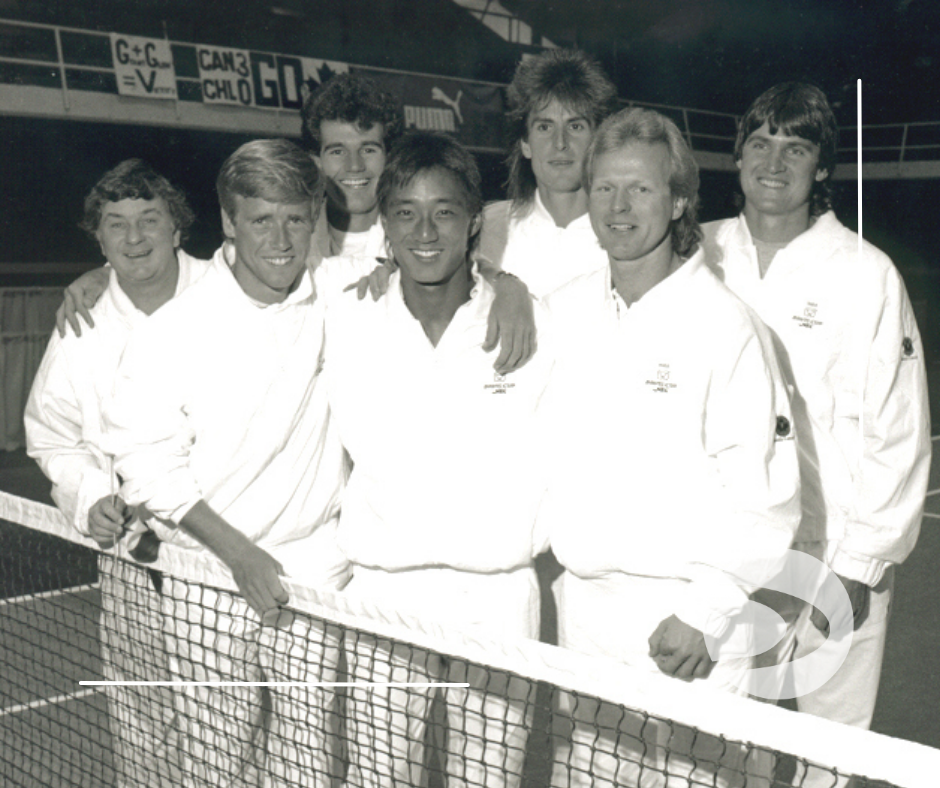
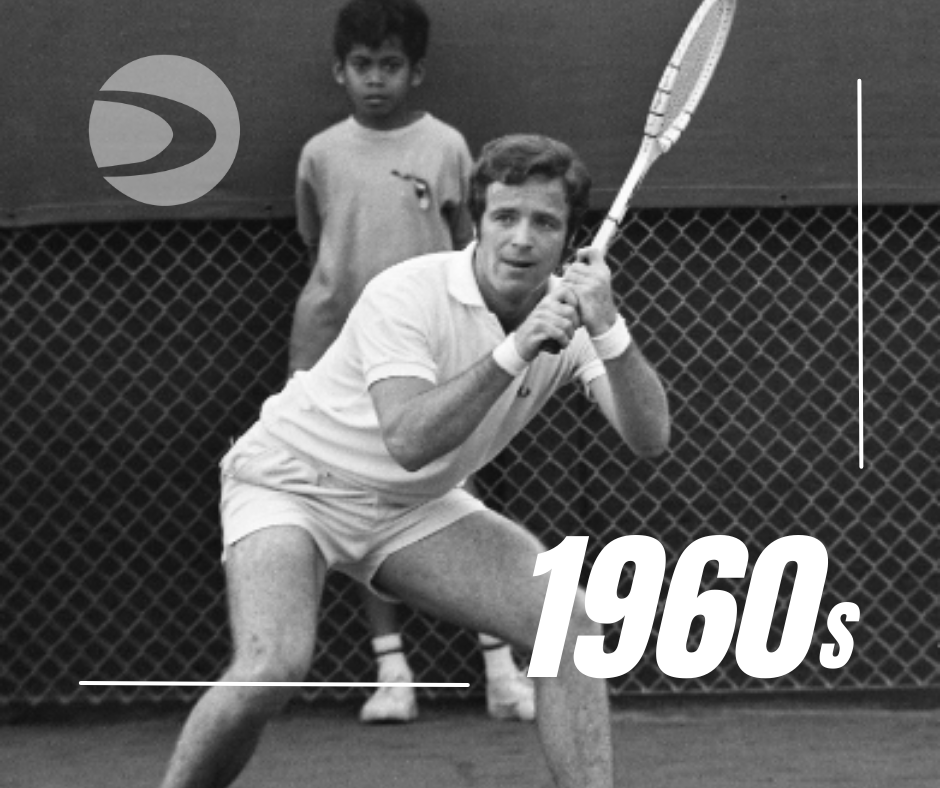
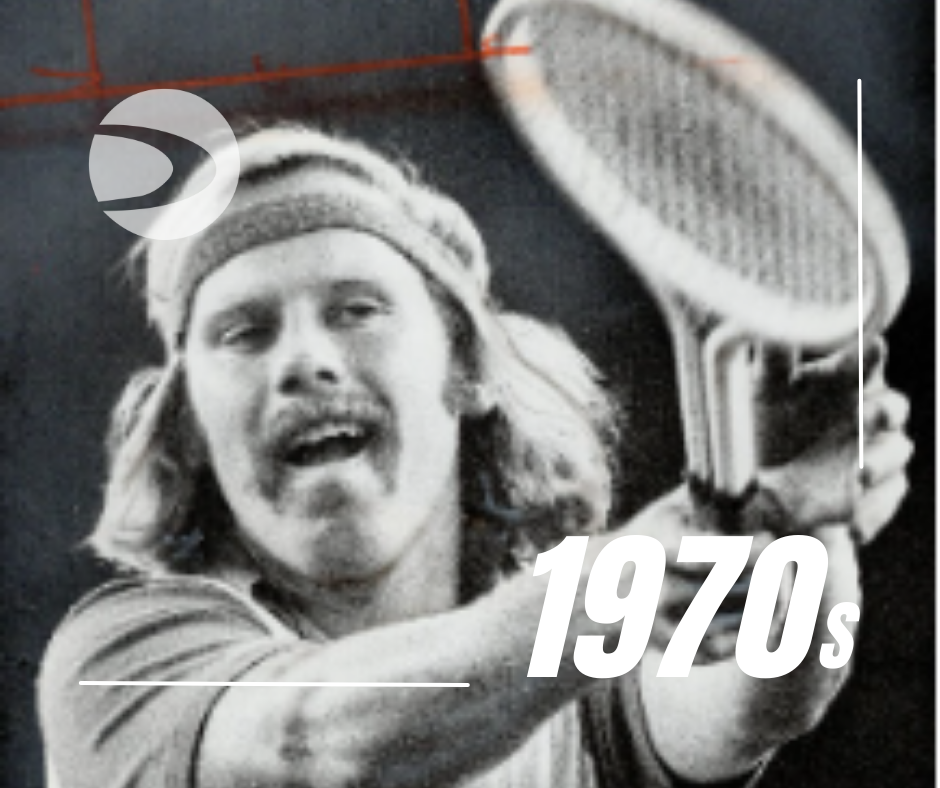
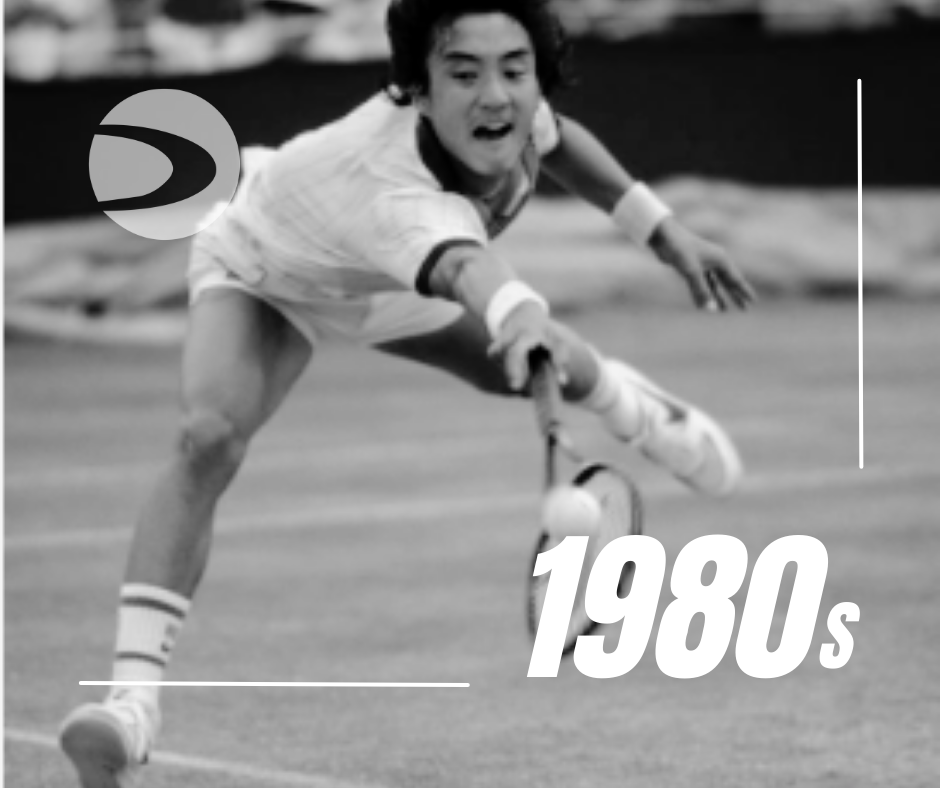
7 Responses